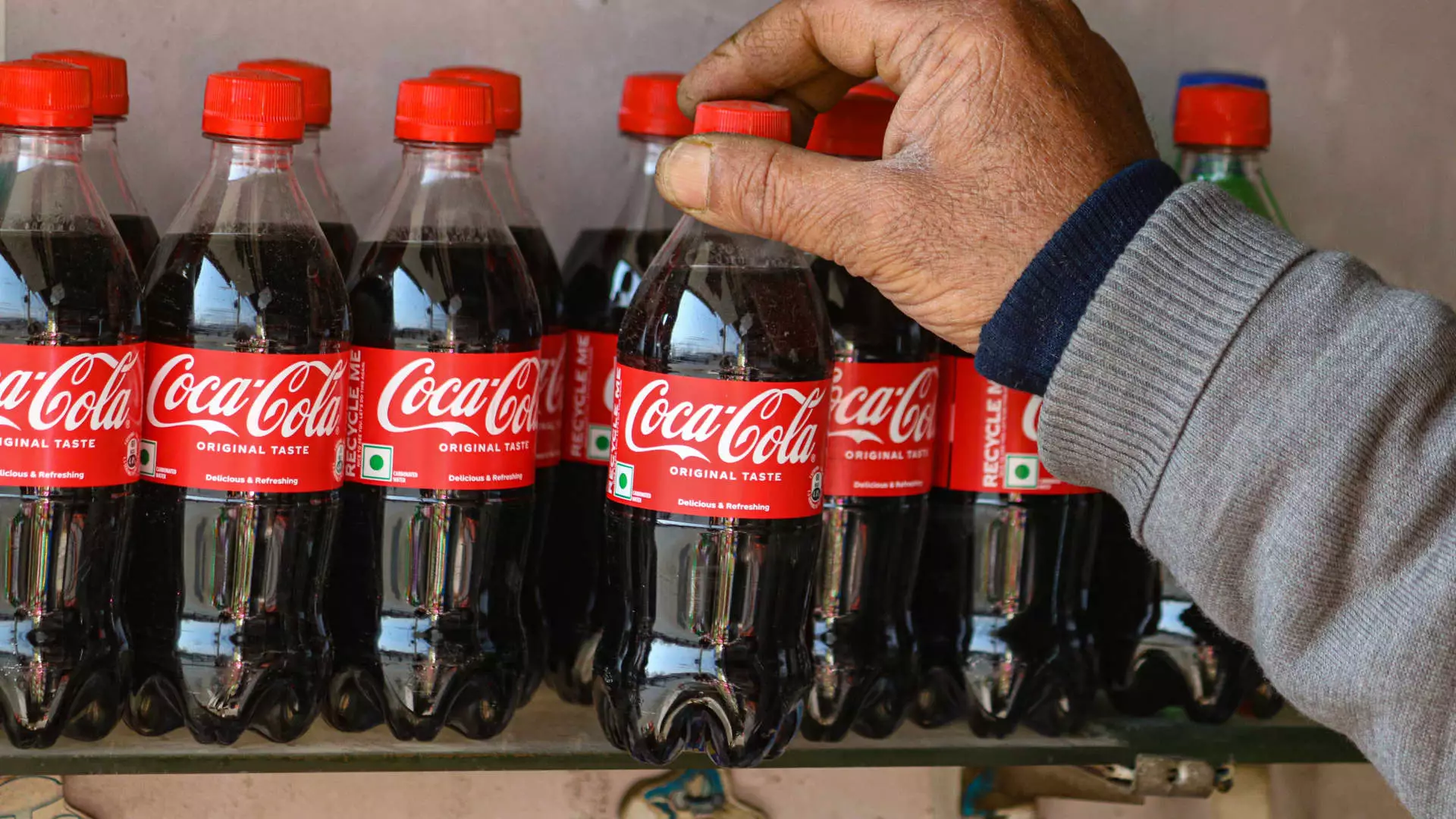Coca-Cola, a global beverage leader, recently announced a significant shift in its packaging strategy in response to potential tariffs on aluminum imports imposed by the Trump administration. The company’s CEO, James Quincey, highlighted during an earnings call that the imposition of these tariffs could lead to an increased reliance on plastic bottles, a choice based not purely on cost but also on a strategic approach to maintain its market competitiveness. This decision brings into focus the broader implications of raw material cost fluctuations and environmental considerations in packaging choices.
In the face of heightened tariffs that increased aluminum costs from 10% to 25%, Quincey indicated that Coca-Cola is prepared to pivot towards PET (polyethylene terephthalate) bottles instead of aluminum cans. This shift is emblematic of a larger trend within the beverage industry, where cost efficiencies often dictate packaging material decisions. The recognition that Coca-Cola has alternate packaging options demonstrates not only adaptability but also an ongoing dialogue about the importance of balancing cost with consumer preferences and environmental responsibility.
While Quincey’s remarks downplayed the potential financial impacts of the tariff, emphasizing that aluminum constitutes only a small fraction of Coca-Cola’s total operating expenses, it is crucial to acknowledge the inherent contradictions in choosing to pivot back to plastic. While aluminum is generally more expensive, it is seen as a more sustainable option compared to plastic due to its high recycling rates and lower environmental footprint in terms of pollution.
The existential tension between cost and sustainability is exacerbated by Coca-Cola’s controversial reputation regarding plastic usage. For six consecutive years, Greenpeace named Coca-Cola as the world’s worst plastic polluter, owing to its massive output of single-use plastics. The recent decision to potentially revert to plastic for economic gain risks further tarnishing Coca-Cola’s environmental image, especially in a climate where consumers are increasingly ecologically conscious.
Despite Coca-Cola’s attempts in recent years to enhance its sustainability initiatives—like introducing aluminum packaging for products such as Dasani and Smartwater—the company has recently scaled back its recycling goals, reducing its target of using 50% recycled material by 2030 to a more modest 35% to 40% by 2035. Such alterations suggest a growing dissonance between the company’s growth objectives and its ecological commitments, leading to skepticism about its long-term environmental stewardship.
Broader Industry Impacts and Strategic Moves
The decision to focus more on plastic packaging in response to tariffs not only affects Coca-Cola but sets a precedent within the entire beverage sector. Companies face challenging decisions as they navigate between consumer preferences for eco-friendly products, rising raw material costs, and the economic viability of sustainable practices. Furthermore, if Coca-Cola, a flagship brand, begins to increase plastic usage, other companies may follow suit, thus hindering broader industry-wide sustainability efforts.
On a strategic front, Coca-Cola retains the option to source aluminum domestically, which may alleviate some of the additional costs imposed by tariffs. However, this choice does not come without trade-offs, as sourcing locally may still affect the bottom line and can result in upgraded pricing for consumers.
Coca-Cola’s prospective shift from aluminum to plastic packaging as a reaction to tariff changes illustrates the intricate balance between economic strategy and corporate responsibility. While adapting to cost changes is necessary to maintain market strength, the potential environmental ramifications of this choice carry significant weight. Coca-Cola must wrestle with public perception and sustainability efforts while ensuring affordability for consumers. The path forward necessitates not only strategic agility but also a renewed commitment to sustainability, as the global community continues to hold corporations accountable for their ecological impact.


Leave a Reply